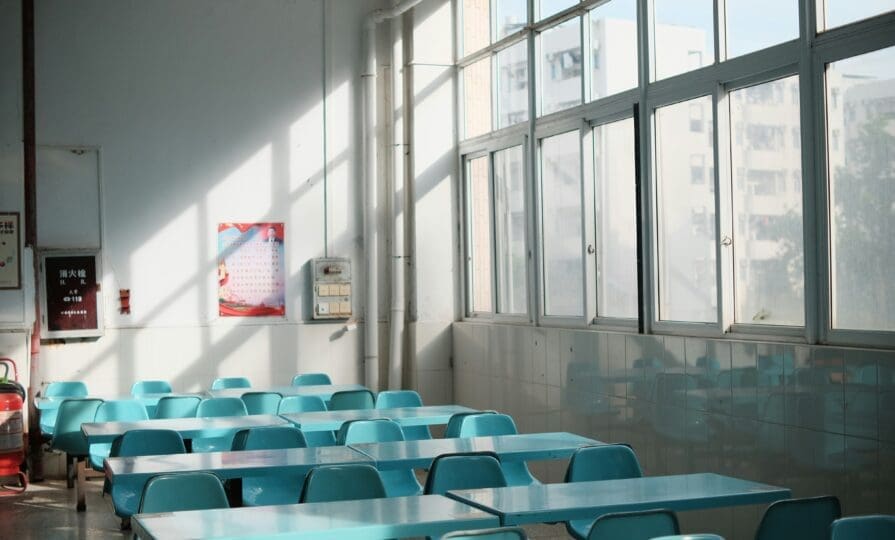Schools face more cost pressures as pupil numbers fall, NFER finds
NFER said there has been an overall decline in primary pupil numbers across all regions since 2017/18

Register to get 1 free article
Reveal the article below by registering for our email newsletter.
Want unlimited access? View Plans
Already have an account? Sign in
Schools are continuing to face “substantial” financial pressures, with almost three quarters of primary school leaders expecting a budget deficit in 2025/26, as schools continue to see falling pupil numbers.
According to new research from the National Foundation for Educational Research (NFER), pupil numbers are expected to continue falling in the coming years, and demographic shifts could “exacerbate” challenges for schools’ budgets and staffing in the coming years.
A new NFER blog, authored by NFER economist, Maria Pia Iocco, research manager, Lisa Kuhn, and research director, Jenna Julius, examined evidence on the impact of falling pupil numbers and schools’ financial positions.
Key findings highlighted in the blog included the Department for Education (DfE) forecasting primary pupil numbers to fall by 7% between January 2025 and 2030.
NFER said there has been an overall decline in primary pupil numbers across all regions since 2017/18. While London remains the region with the largest decline, schools in other regions are “increasingly being affected”.
It found that schools are reducing the number of classes by 4.8% and average class size by 2.5% nationally in response to these falling numbers.
The changes have been accompanied by cuts to teaching and support staff, particularly teaching assistants (TAs). NFER warned that this could affect provision for pupils with special educational needs and disabilities (SEND), given the “key role” TAs play in supporting them.
Between January and December 2024, the 10 London local authorities with the greatest enrolment falls saw five school closures and five mergers. Among the 10 local authorities outside London with the largest drops, there were three closures and one merger. Across the rest of England, this equated to an average of 1.3 primary closures and 0.9 mergers per 10 local authorities during the same period.
In 2023/24, more than one in eight primary schools and almost one in 10 secondary schools recorded an overall deficit balance. NFER modelling suggested that if pupil numbers in local authority maintained primary schools were to fall by 2% without any changes to costs or income, the proportion of schools in deficit would rise from 14.8% to 19.3%.
However, the research found no “consistent” link between changes in pupil numbers and schools’ revenue balances in 2023/24, indicating that other financial pressures are also shaping outcomes.
Jenna Julius, research director at NFER, said: “These findings highlight how demographic change is now having a very real and uneven impact across England’s schools. As pupil numbers fall, some schools are finding it harder to balance budgets and sustain the breadth of provision they would like to offer, alongside having to adapt staffing models.
“Falling rolls are creating new challenges for local areas. While demographic change will require significant cost-saving measures across schools, it is crucial that schools are adequately supported by local and national government to ensure the quality of education for all pupils.”
Paul Whiteman, general secretary of school leaders’ union NAHT, said: “As this data shows, falling primary numbers means some schools are struggling with insufficient funding, and we are seeing schools closing.
“Pupil numbers vary hugely across different regions and sectors, with some primaries struggling with lack of numbers while others – in areas of intense house building, for example – are over-subscribed. There is huge pressure on special school places, with mainstream schools supporting significant numbers of pupils with SEND who have been given a special school place but for whom there is no place available.”
He added: “Rather than reducing funding or closing schools, we would urge the government to continue to invest and support local authorities to maintain staffing and resources. This could build capacity for greater SEND inclusion, and enable schools to offer smaller classes and more targeted help, as well as giving an opportunity to reduce problematic levels of workload for school staff.”


